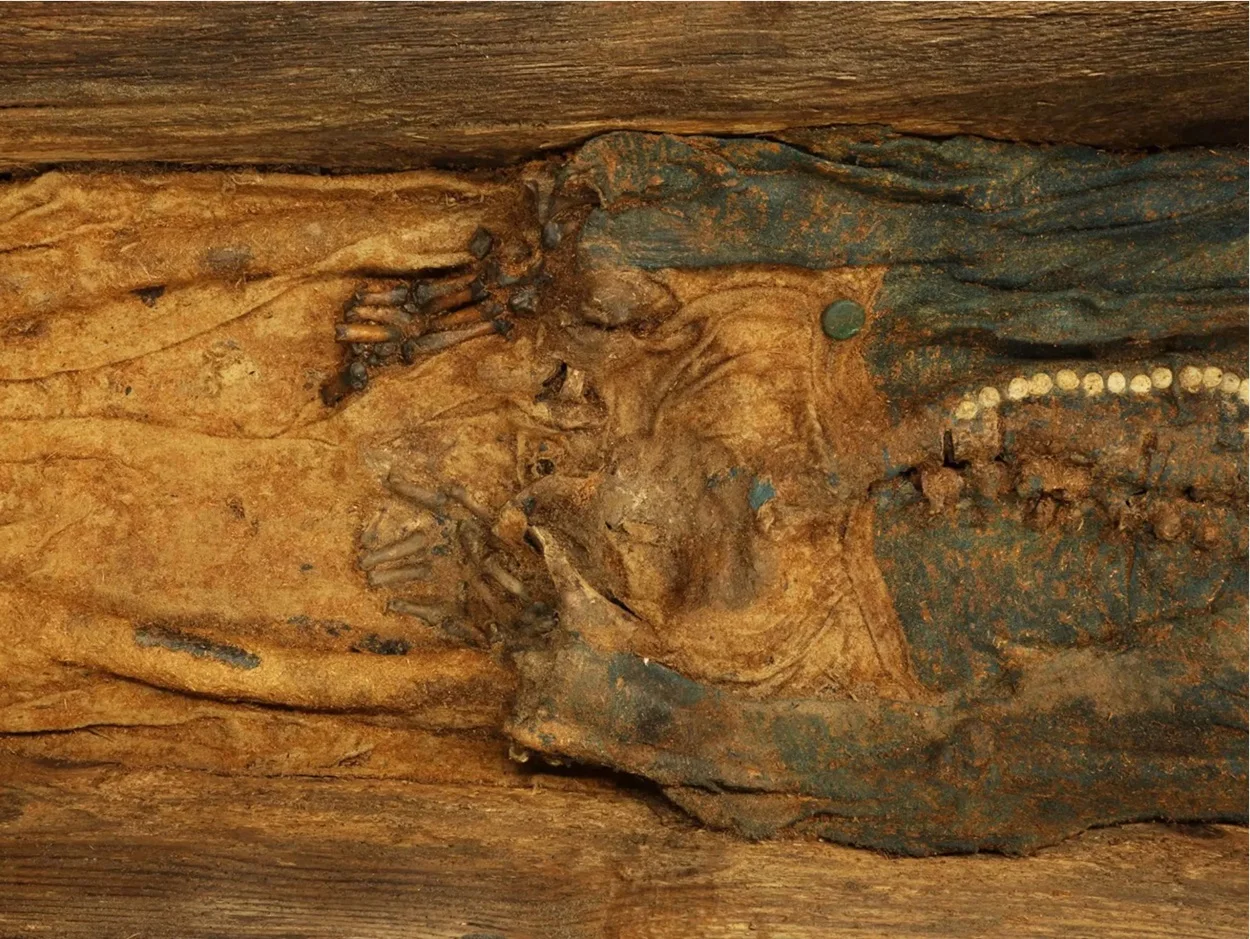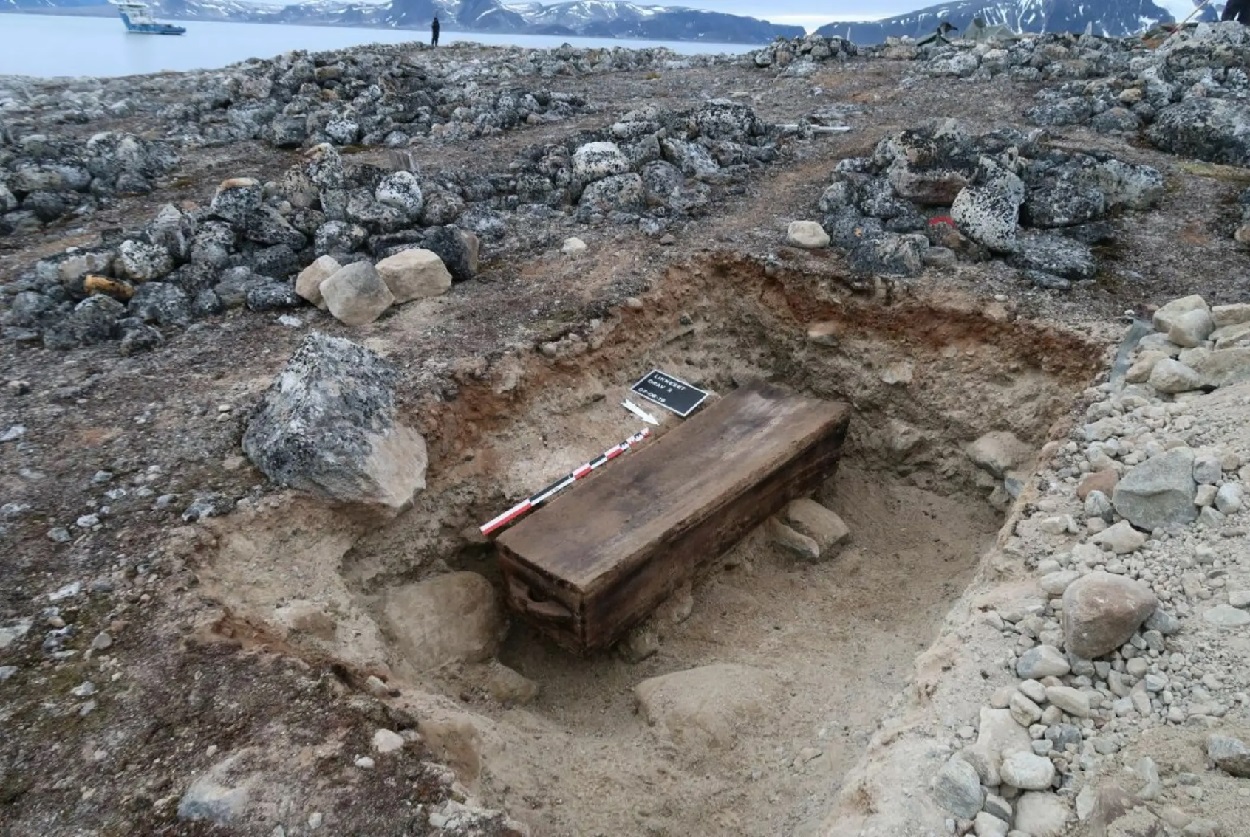Whaling-era graves from the 17th and 18th centuries are being exposed as Svalbard’s permafrost melts due to climate change.
Svalbard is a Norwegian archipelago that lies at the convergence of the Arctic Ocean with the Atlantic Ocean.
During the 17th century, the island of Spitsbergen (the largest island in the archipelago) was used as a base for hunting the bowhead whale (Balaena mysticetus), the only baleen whale endemic to the Arctic and subarctic waters.
Bases were established by the English, Danish, Dutch, and French companies, which lasted until the 1820s. By the late 17th century, Russian and Norwegian hunters arrived, with whaling continuing until the 1860s.
According to a new research project conducted by the Norwegian Institute for Cultural Heritage Research (NIKU), several large cemeteries containing 600 whaler graves in Smeerenburgfjorden, located in the North-West Spitsbergen National Park, are being exposed due to climate change.

Until recently, the graves have been preserved by the cold climate and permafrost, however, rising temperatures and environmental changes have accelerated their deterioration, causing the coffins to collapse and expose the skeletal and textile material to the intrusion of sediments, water and oxygen.
The research project, “Skeletons in the Closet”, constitutes the first part of NIKU’s long-term plan to study climate change and the degradation of archaeological environments in Svalbard. The researchers have already mapped a large amount of osteological data that will be used in further studies of the European population during the whaling era.
NIKU archaeologists, Lise Loktu, said: “These people came mainly from Europe. The skeletons can therefore tell us a lot about economic, social, religious and health aspects of the European population in the 17th and 18th centuries.”
Header Image Credit : Lise Loktu
Sources : Norwegian Institute for Cultural Heritage Research





